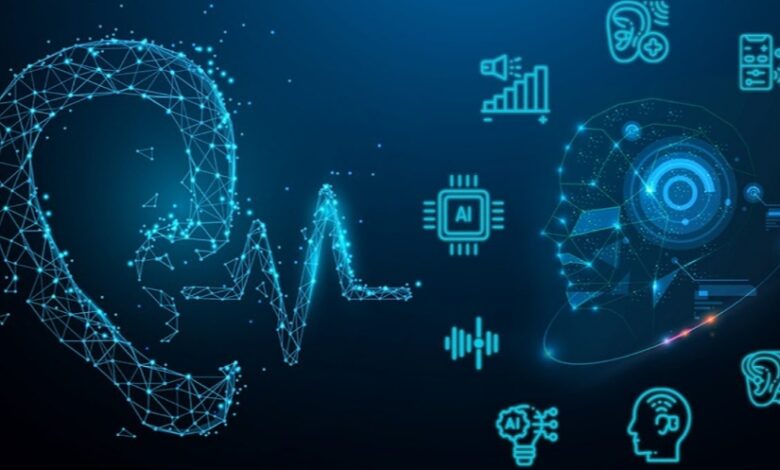The Future of Hearing: Innovations in Hearing Aid Connectivity and AI

The future of hearing aids is poised for transformative changes with advancements in connectivity and artificial intelligence (AI). These innovations are not just improving the quality of life for those with hearing impairments but also reshaping how we think about hearing and communication technologies.
Connectivity Enhancements in Hearing Aids
Bluetooth Integration and Wireless Connectivity
One of the most significant advancements in hearing aid technology is the integration of Bluetooth and wireless connectivity. This allows for seamless connection with various devices such as smartphones, televisions, and computers. Users can directly stream audio from these devices into their hearing aids, providing a much more immersive and clearer listening experience.
IoT and Smart Home Integration
The integration of hearing aids with the Internet of Things (IoT) and smart home devices is another breakthrough. This connectivity enables users to interact with smart home appliances using their hearing aids. For instance, hearing aids can notify the wearer of a doorbell ring or a smoke alarm, thereby enhancing safety and convenience.
Improved Battery Life and Charging Solutions
With increased connectivity features, the demand for better battery life has also risen. Recent developments include more efficient, rechargeable batteries and innovative charging solutions such as wireless charging, which ensure that hearing aids are always ready to use.
AI-Driven Advancements in Hearing Aids
Enhanced Sound Processing
AI has revolutionized sound processing in hearing aids. By employing advanced algorithms, AI-enabled hearing aids can analyze the acoustic environment and automatically adjust settings for optimal hearing. This includes reducing background noise, enhancing speech clarity, and adjusting to various listening environments without manual intervention.
Machine Learning for Personalized Hearing
Machine learning allows hearing aids to learn from the user’s listening preferences and hearing patterns, leading to a more personalized hearing experience. Over time, the device adapts to the specific needs of the user, offering a customized sound profile that improves overall satisfaction.
Speech Recognition and Translation
AI has made significant strides in speech recognition and translation features in hearing aids. These devices can now accurately recognize speech and even translate different languages in real-time, breaking down communication barriers and making it easier for users to engage in conversations in diverse linguistic settings.
Health Monitoring Capabilities
Advanced hearing aids equipped with AI can also monitor various health parameters such as heart rate, physical activity, and even detect falls. This not only adds an extra layer of safety for users, especially the elderly, but also provides valuable health data that can be shared with healthcare providers.
Challenges and Future Directions
Addressing Privacy Concerns
With enhanced connectivity and AI capabilities, privacy concerns have become more prominent. Ensuring the security of personal data and maintaining confidentiality is paramount. Future developments must focus on robust data encryption and secure transmission protocols.
Making Technology Accessible and Affordable
Despite the advancements, one of the biggest challenges remains the accessibility and affordability of these high-tech hearing aids. Efforts are needed to make these devices more affordable and available to a broader population, including those in developing regions.
Continuous Learning and Adaptation
The next phase of AI in hearing aids involves continuous learning algorithms that can adapt in real-time to dynamic listening environments and user preferences. This would require more sophisticated AI models and enhanced processing capabilities within the devices.
Integration with Telehealth Services
As telehealth services become more prevalent, hearing aids could play a crucial role in remote healthcare services. Future hearing aids might be designed to integrate seamlessly with telehealth platforms, providing audiologists with real-time data to make informed decisions about a patient’s hearing health.
Conclusion
The future of hearing aids is bright, with connectivity and AI driving significant innovations. These advancements are not only improving the functionality and user experience of hearing aids but are also expanding their role in health monitoring and telehealth. As technology continues to evolve, we can anticipate a future where hearing aids are not just devices for audibility but also tools for enhanced communication, health monitoring, and seamless integration with the digital world. The key to realizing this future lies in addressing current challenges, such as privacy, accessibility, and continuous technological improvement, ensuring that these innovations benefit as many people as possible.




